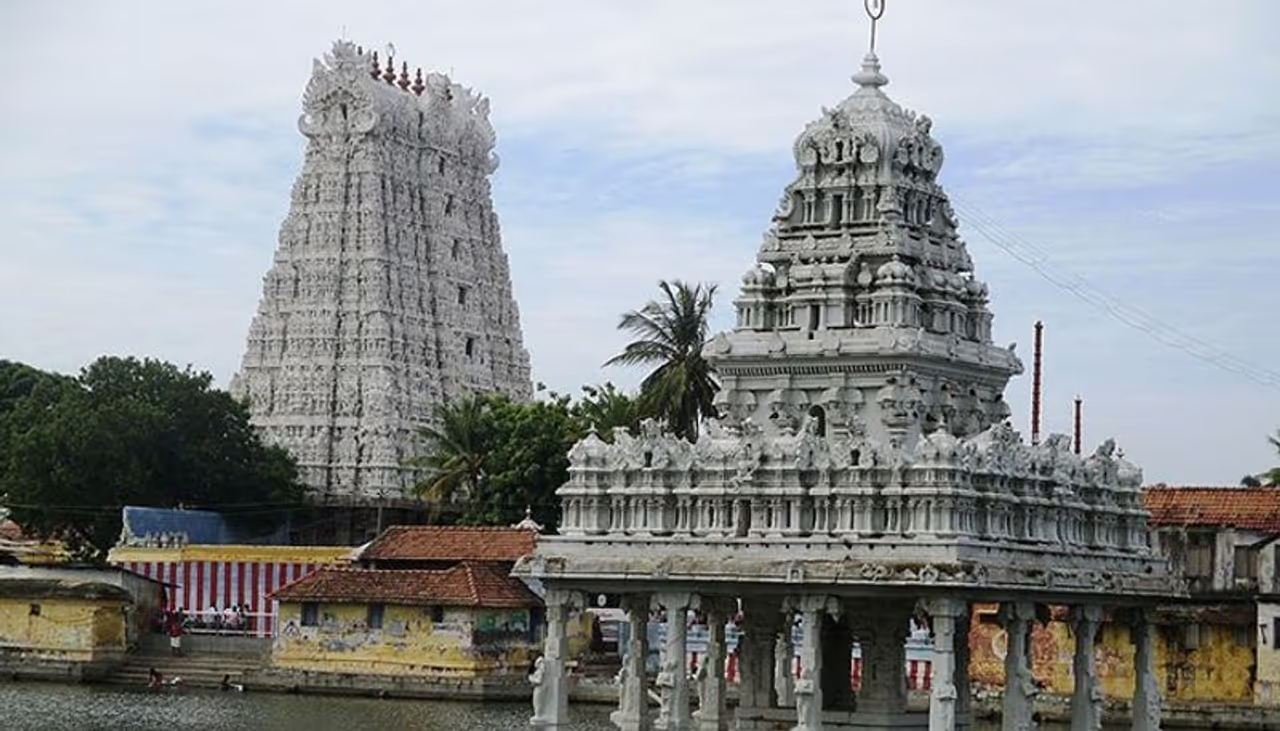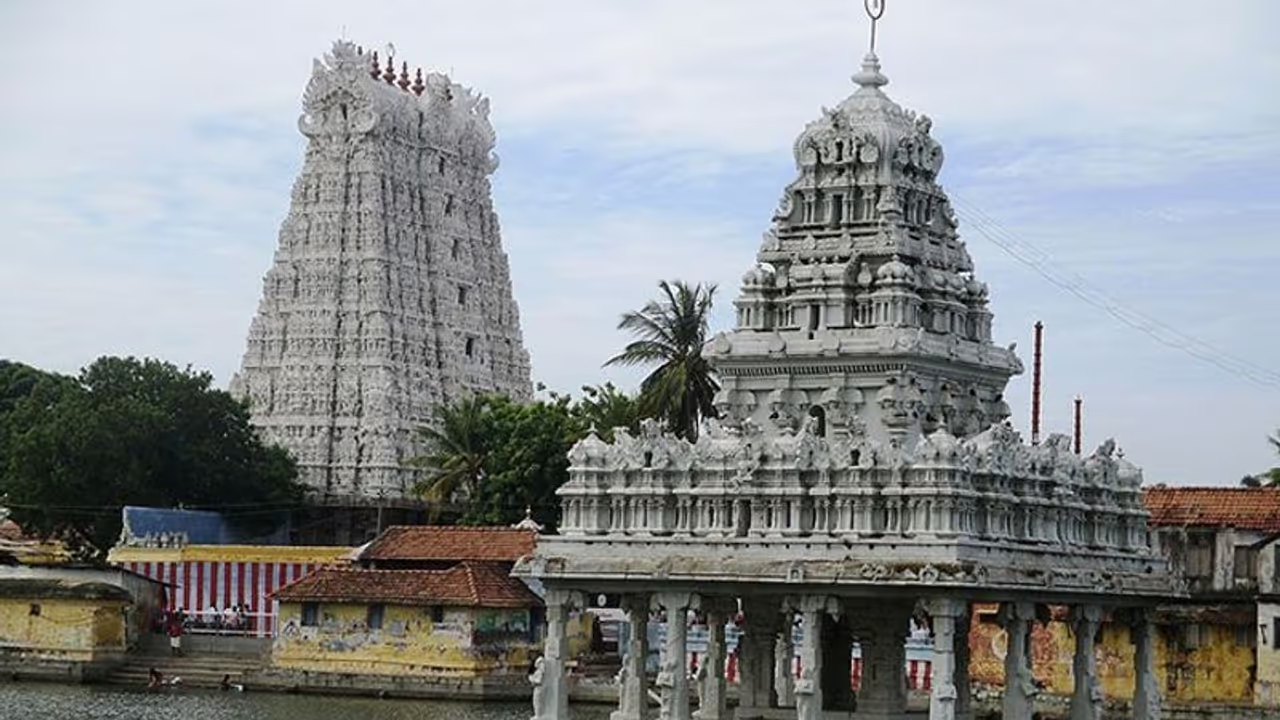The Sthanumalayan Temple in Suchindram, in Kanyakumari district of Tamil Nadu is important for both Shaivaite and Vaishnavite sects of Hinduism
Bengaluru: India is a land of temples. Every state has numerous temples that boast of rich histories and legends.
In our coverage of temples of India, let’s travel to Tamil Nadu, which houses myriad temples.
The Sthanumalayan Temple in Suchindram, in Kanyakumari district of the state, is one among the 108 Shiva temples which Hindus hold in great reverence.

The uniqueness of the name:
The name Stanumalaya is indeed unique.
It denotes the trinity of Hinduism: Brahma, Vishnu and Maheshwara.
‘Stanu’ means Siva, ‘Mal’ means Vishnu and ‘Ayan’ means Brahma.
Therefore, the temple has significance and importance to both Shaivaite and Vaishnavite sects of Hindus.
The legends associated with the temple:
As per one legend, Brahma, Vishnu and Maheshwara once met Anasuya, the chaste wife of sage Atri.
As they visited her, Anasuya welcomed them with utmost care and concern and extended due hospitality. But interestingly, the trinity put forth a condition that they would continue receiving her hospitality only if she would appear before them in a naked manner.
Unperturbed, the wife accepted their demand. But to their surprise, she converted them into little children with the power of her purity and breastfed them.
After her husband retuned home, the wives of the trinity urged him to prevail upon his wife to restore their original form. When Atri requested his wife, she readily obliged. The trinity were much impressed with the devotion of the sage couple and blessed them. It is said the trinity immortalised themselves in the form of lingas. The place where these lingas are worshipped is nothing else but the temple.
As per another legend, Indra, the king of devas, got relieved of a curse in this very place.
A note on architecture:
The temple boasts of Kerala-style architecture and Tamil-style architecture, which is unique.
It is interesting to note that the Navaratri Mandapam built during the 16th century has a typical wooden structure like Kerala temples.
There are four musical pillars carved out of a single stone, and which stand at 18 feet (5.5 m) in height; these are an architectural and design highlight of the temple grounds.
